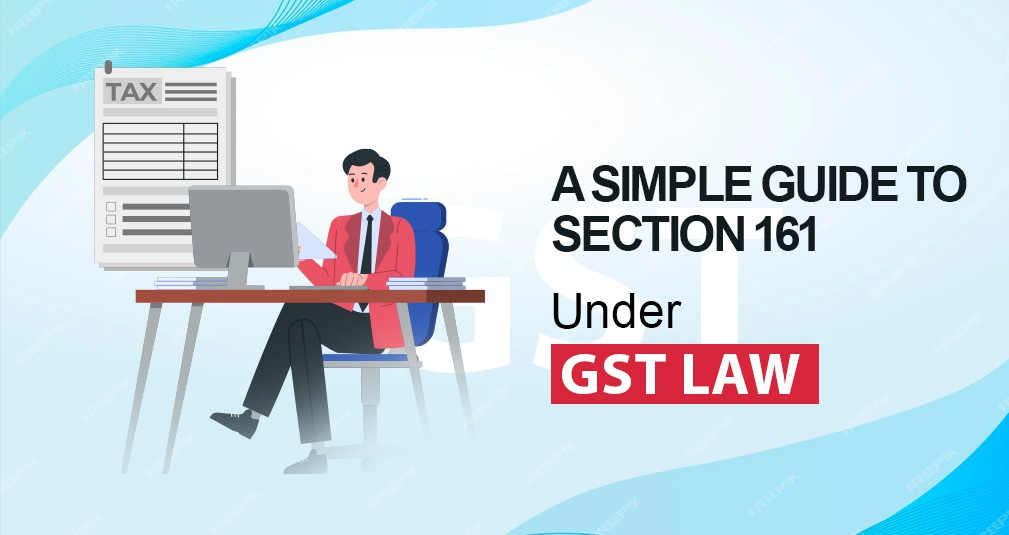
Analyzing the Tax Benefits of Home Loan under Sections 24B, 80C, 80EE AND 80EEA
For many individuals, owning a home is a dream come true. However, the financial aspect of purchasing a house can be daunting. Fortunately, the Indian government offers tax benefits on home loans, making it easier for people to fulfil their homeownership aspirations.
In this blog post, we will take a detailed look at these sections and explain how they can help you save money on your taxes. We will also provide some tips on how to maximize your tax benefits.
1. Analysis of Section 24B:
One of the most important benefits for borrowers is Section 24B of the Income Tax Act, 1961. This allows borrowers to claim on the interest paid. The maximum deduction available under 24B is Rs. 2 lakh per annum.
What is Section 24B of the Income Tax Act, 1961?
There are a number of conditions that must be met in order to claim under 24B. These conditions include:
✅ It must be taken for the purpose of acquiring or constructing a residential property in India.
✅ The property must be self-occupied by the borrower.
✅ The construction or acquisition of the property must be completed within 5 years from the end of the financial year in which the loan was taken.
✅ If these conditions are met, the borrower can claim a deduction on the interest paid on their home loan up to a maximum of Rs. 2 Lakh per annum. It is available for both pre-construction and post-construction interest.
What is Section 80C of the Income Tax Act?
Owning a home is a dream for many people in India. It is a major financial investment, but it can also be a great way to save money on taxes. The Income Tax Act, 1961 provides several benefits for loans, including deductions under Section 80C.
80C allows taxpayers to claim a deduction on certain investments up to a maximum of ₹1.5 lakh per year. Some of the eligible investments under 80C include:
✅ Life insurance premiums
✅ Provident fund contributions
✅ PPF contributions
✅ ELSS investments
✅ principal repayment
✅ Tuition fees for children
✅ Medical insurance premiums
✅ For Home Loan Principal Repayment
One of the most popular investments under Section 80C is the repayment of the principal amount of a loan. The maximum deduction that can be claimed for principal repayment is ₹1.5 lakh per year.
Conditions to claim the deduction under section 80C:
✅ It must be taken from a financial institution approved by the government.
✅ It must be used to purchase or construct a residential property in India.
✅ The property must be self-occupied by the taxpayer or their family.
✅ The property must not be sold within five years of the end of the financial year in which possession is taken.
How to Claim the Deduction :
To claim for loan principal repayment, taxpayers need to submit Form 80C along with their income tax returns. The form can be downloaded from the website of the Income Tax Department.
It will be claimed from the taxpayer's gross income. This means that the deduction will reduce the amount of tax that the taxpayer needs to pay.
Here are some additional points to look:
✅ The deduction for loan principal repayment is available only for the first five years
✅ If you sell the property within five years of the end of the financial year in which possession is taken, the claimed earlier will be added back to your income in the year of sale.
✅ If you take a joint home loan, each co-borrower can claim for the principal repayment up to ₹1.5 lakh.
2. Tax Benefits of Home Loans: Analysis of Sections 80EE and 80EEA:
Two of the most important benefits for homebuyers are Sections 80EE and 80EEA. These allow taxpayers to claim on the interest paid on their loan.
What is Section 80EE of the Income Tax Act?
80EE allows a up to Rs. 50,000 per financial year for the interest paid on a home loan. To be eligible for this deduction, you must meet the following conditions:
✅ You must be a first-time buyer.
✅ It must be taken from a financial institution.
✅ It amount must not exceed Rs. 25 lakhs.
✅ The property must be located in India.
What is Section 80EEA of the Income Tax Act?
Section 80EEA allows a deduction of up to Rs. 1.5 lakhs per financial year for the interest paid on a loan for affordable housing. To be eligible for this, you must meet the following conditions:
✅ You must be a first-time homebuyer.
✅ It must be taken from a financial institution.
✅ The loan amount must not exceed Rs. 45 lakhs.
✅ The property must be located in India and have a carpet area of not more than 60 square metres.
Comparison of Sections 80EE and 80EEA
The main difference between Sections 80EE and 80EEA is the maximum deduction amount. 80EE allows up to Rs. 50,000, while 80EEA allows up to Rs. 1.5 lakhs.
Another difference is the eligibility criteria. 80EE is only available to first-time buyers, while Section 80EEA is available to both first-time and subsequent homebuyers.
Finally, the amount limits are different for the two sections. The amount limit for 80EE is Rs. 25 lakhs, while the loan amount limit for 80EEA is Rs. 45 lakhs.
Which Section is Better?
The best section for you will depend on your individual circumstances. If you are a first-time homebuyer and the amount is less than Rs. 25 lakhs, then 80EE may be a better option for you. However, if you are a subsequent buyer or the amount is more than Rs. 25 lakhs, then 80EEA may be a better option for you.
How to Claim the Deduction for these sections?
To claim the deduction under Sections 80EE or 80EEA, you must file ITR with the relevant documents. The documents you will need to file your ITR include:
✅ The agreement
✅ The property registration documents
✅ The interest payment receipts
No comments yet, Be the first to comment.













